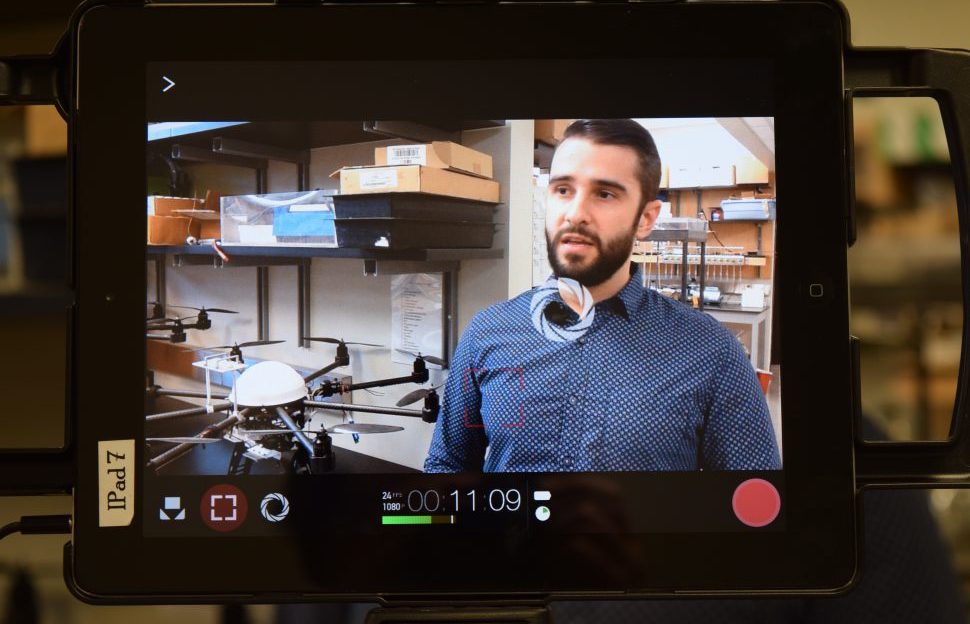John Tolley, July 18, 2017
Can the explanation of scientific work be a bit esoteric at times? Well, like most specialized disciplines, the short answer is yes. Replete with highly technical jargon and peppered with statistics and mathematical phraseology, science speak can often place the layperson at a distance.
Luckily, there are people like the University of Nebraska-Lincoln?s Jamie Loizzo, a specialist in the field of science communications. With a background in television newsrooms and learning design and technology, Loizzo is teaching the next generation of science communicators how to make scholarly research concise and engaging.
To that end, Loizzo launched Streaming Science, a program that equips students with the tools they need to find, develop and deliver original scientific content across a wide variety of platforms from short videos to articles to podcasts.
"Streaming Science can increase awareness of scientific issues while helping students get practical experience with an actual science literacy effort and learn how to communicate science in a way that the public will understand,? said Loizzo, assistant professor of agricultural leadership, education and communication, speaking with Nebraska Today.
As Loizzo explains, what is of the essence is that students find the emotional resonance within scientific stories. Establishing a connection with the audience creates not only interest, but investment.
Students are first tasked with identifying and researching specific works and scientists on which they want to focus their efforts. They draft interview questions and set the tone and scope for the piece they are to produce. The stories are told across a broad spectrum of media each with a unique demographic.
The podcasts are aimed at middle and high school teachers and focus on specific topics. The photo essays and videos are targeted to students to foster interest in issues and careers in science, technology, engineering and mathematics. The videos feature cutting-edge technology, scientists working in the lab or new research in action in the field. Topics range from food allergens in grains to high-tech gear that tracks cattle in feedlots.
This year also saw the addition of a live interactive field trip series. The inaugural broadcast, watched by over 200 high school students statewide, brought together researchers from the University of Nebraska-Kearney and the Platte Basin Timelapse Project to focus on Nebraska?s Sandhills region.
The Streaming Scientists site posts new content through fall and spring semesters, and new virtual field trips will be added in Spring 2018.







